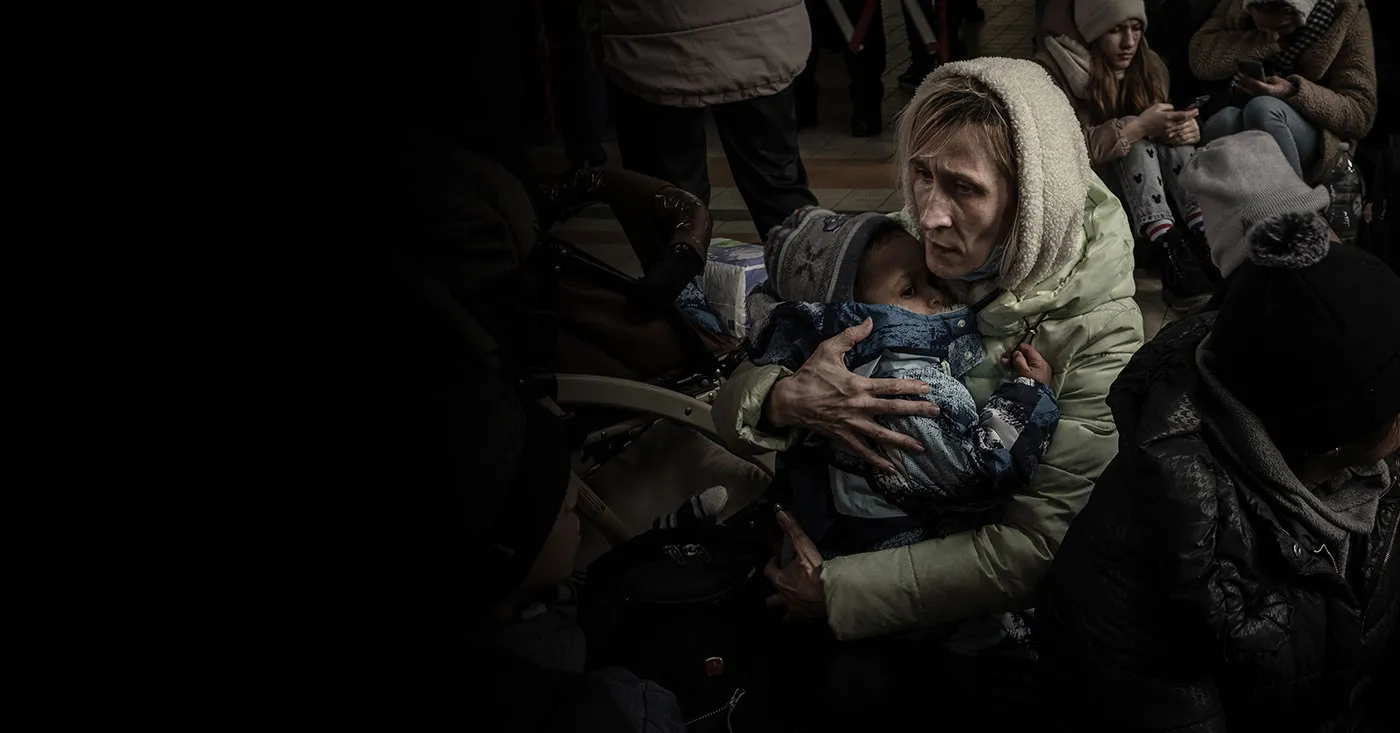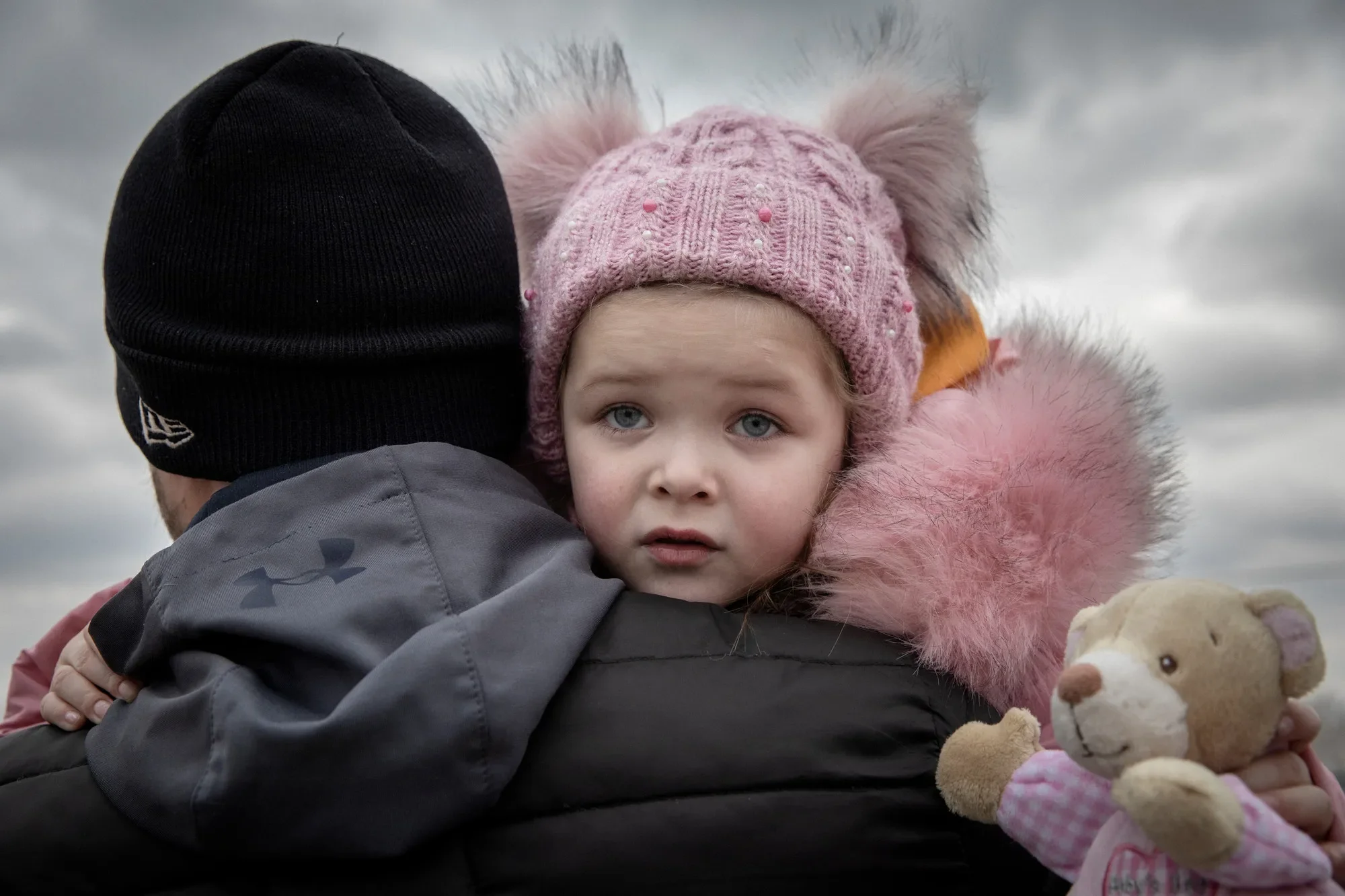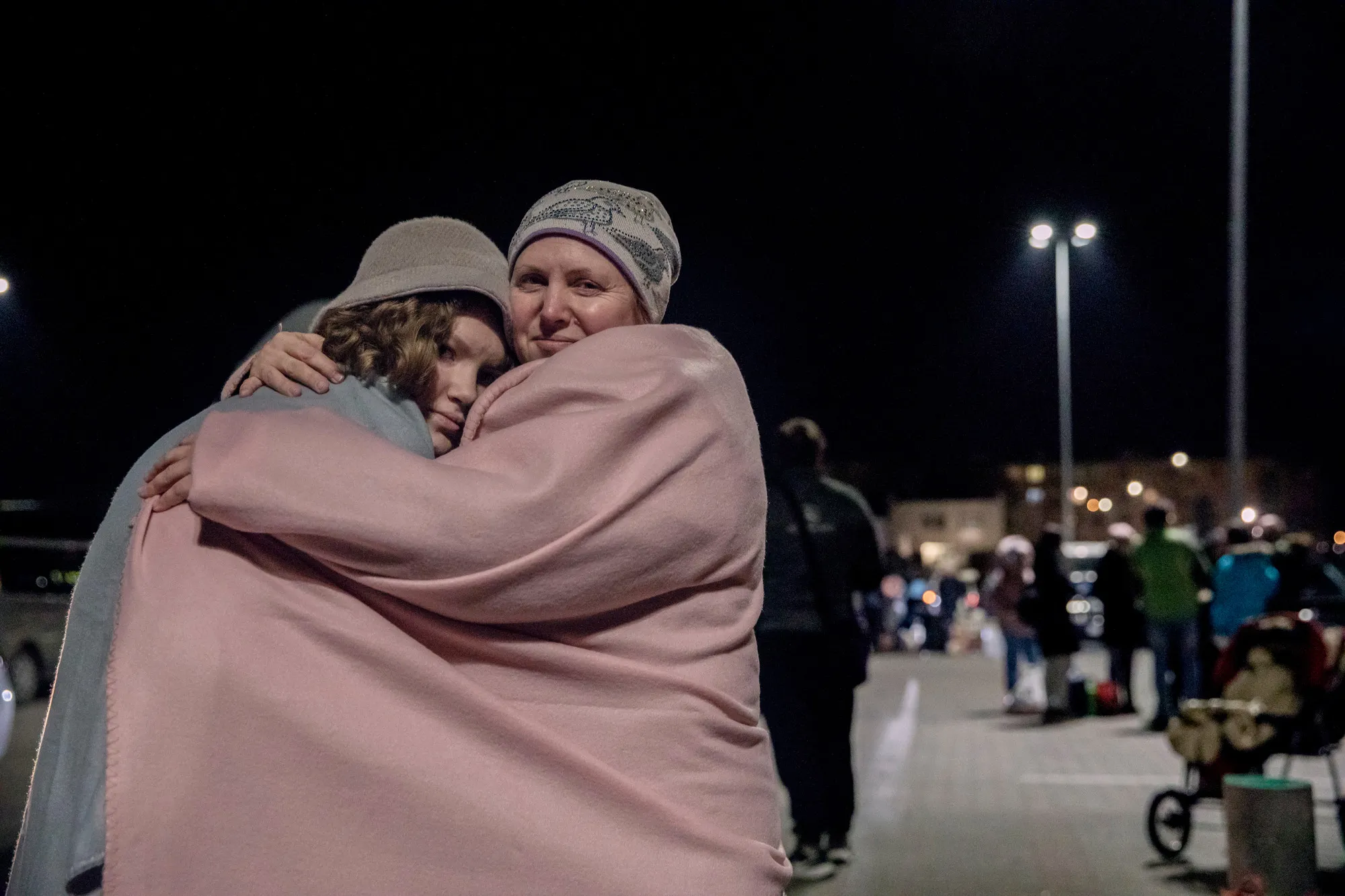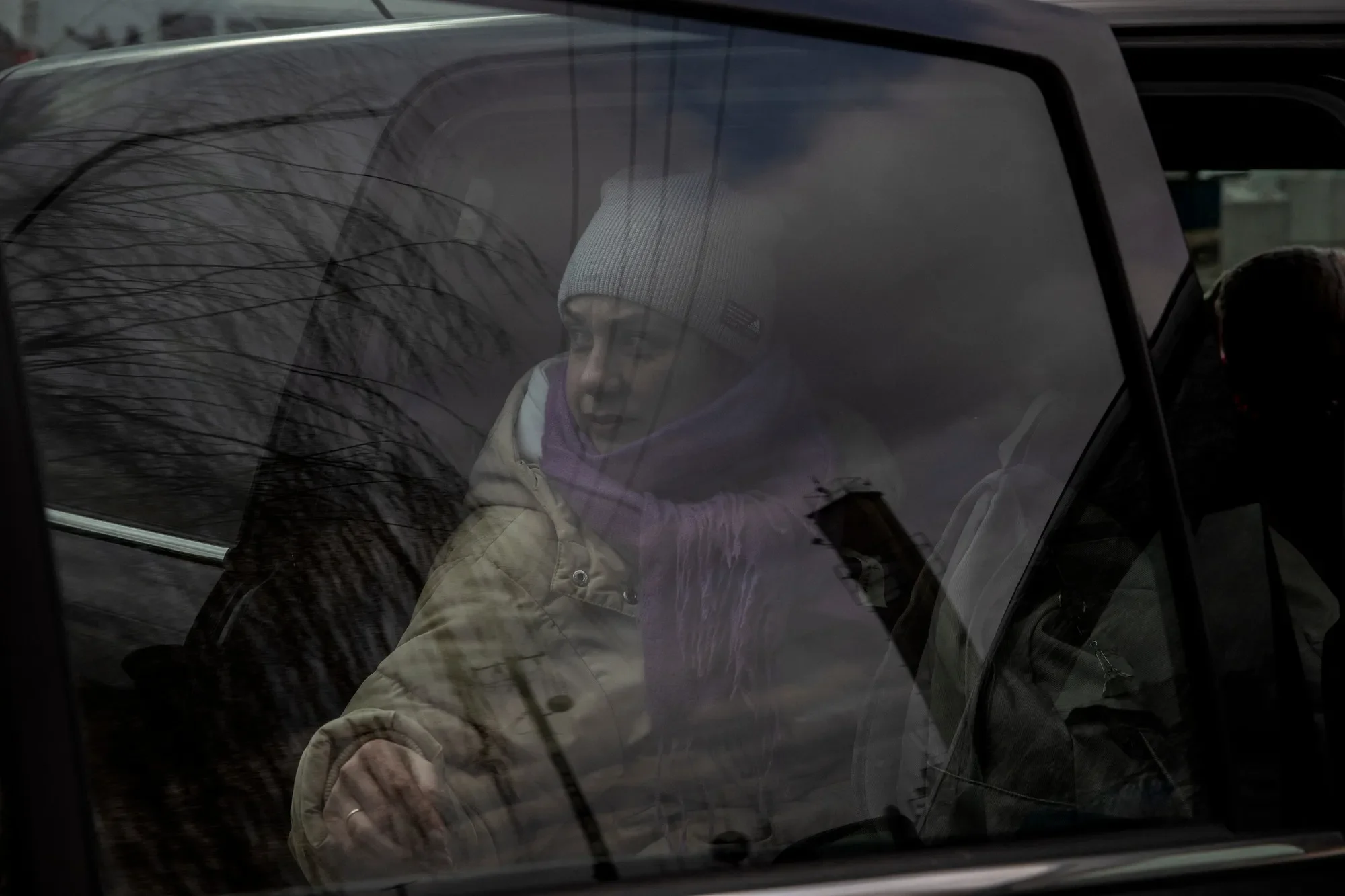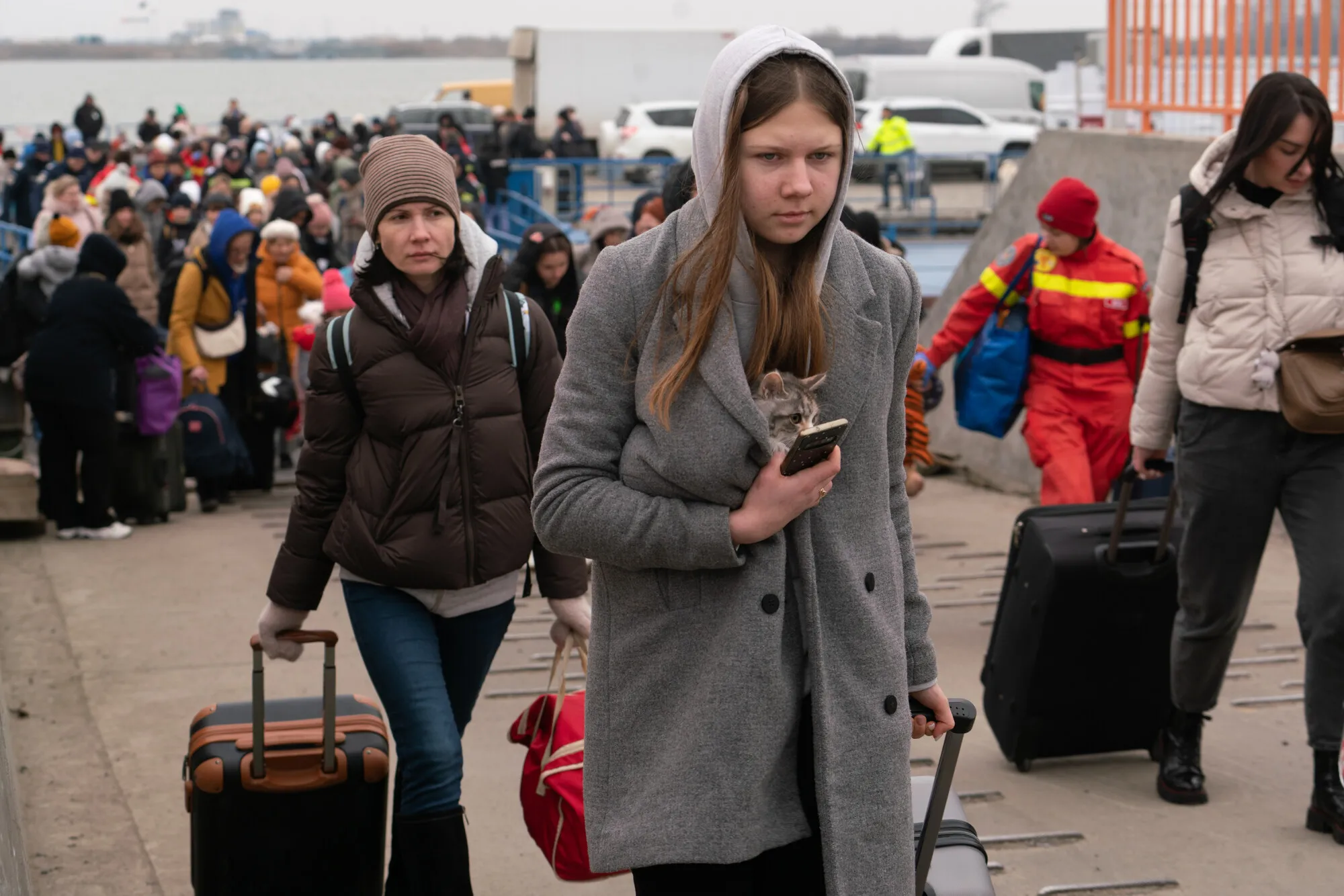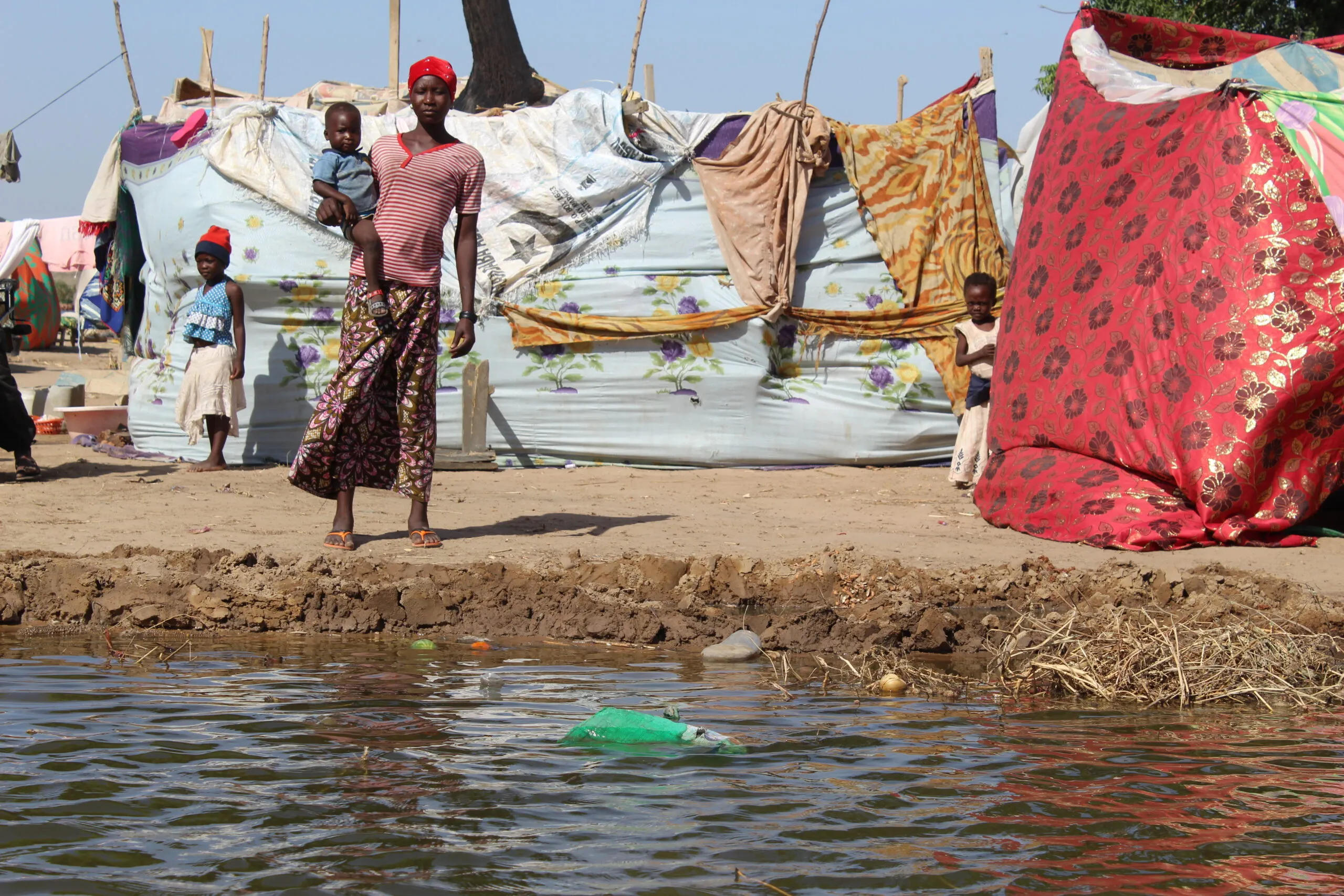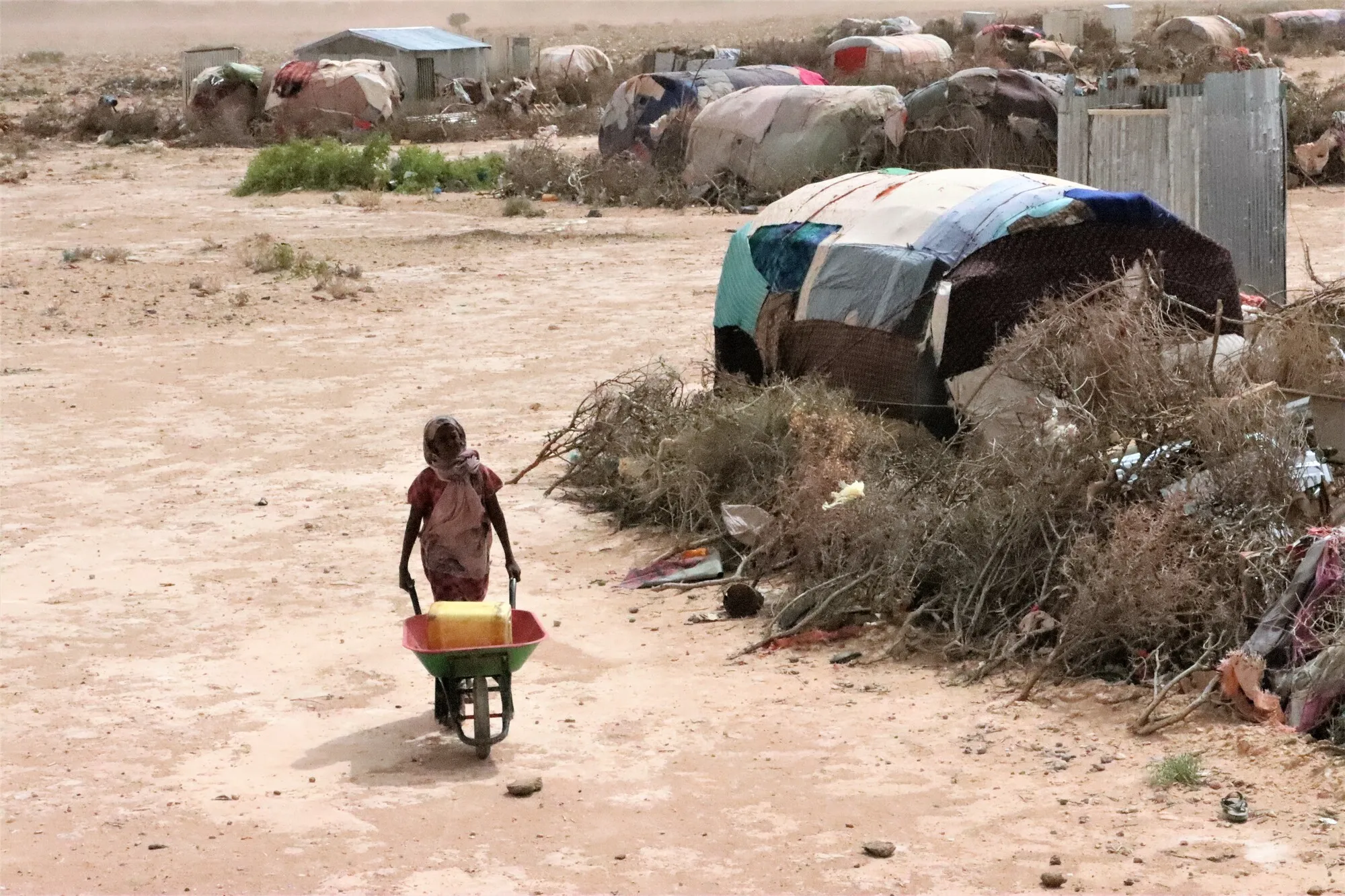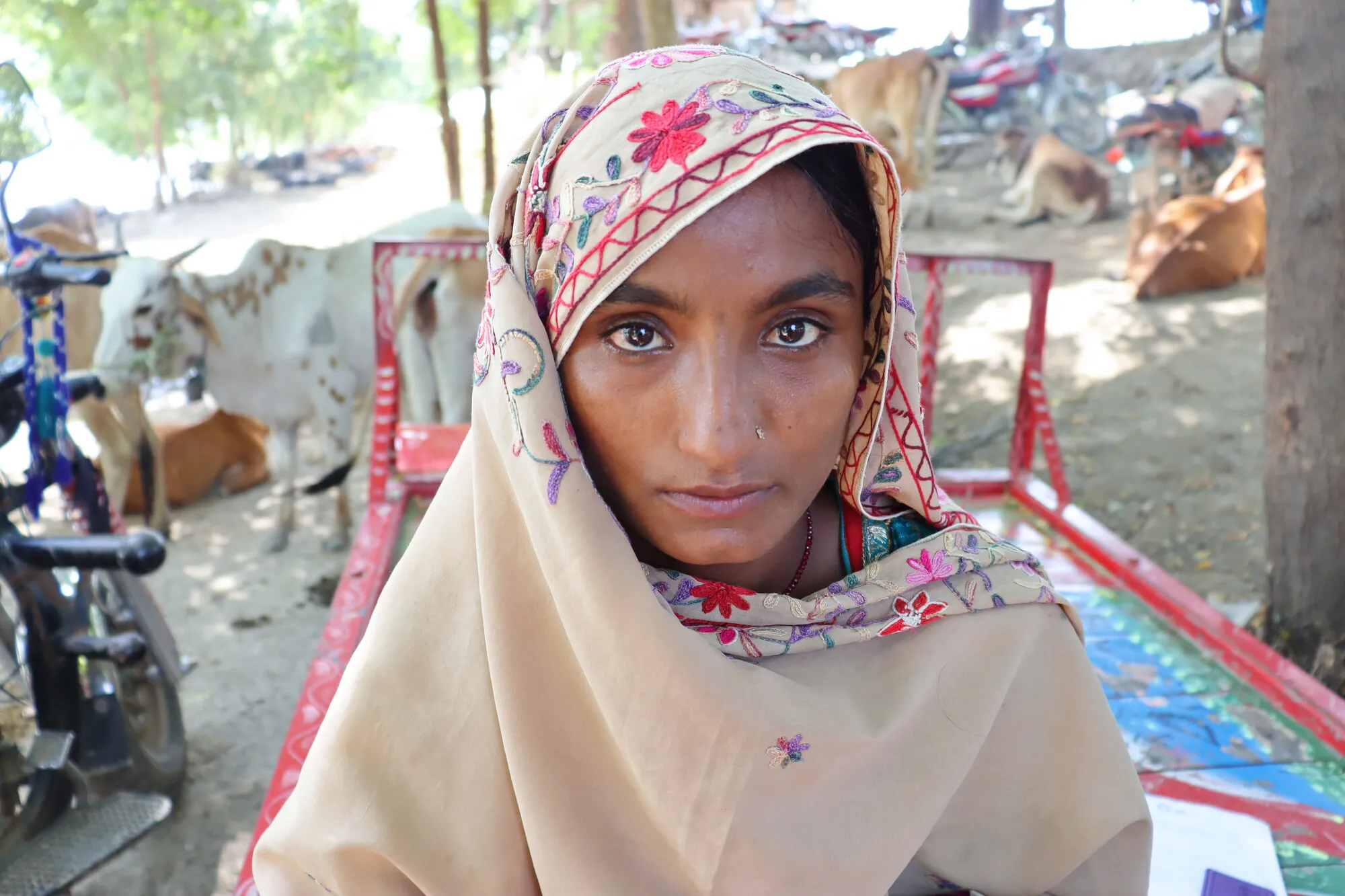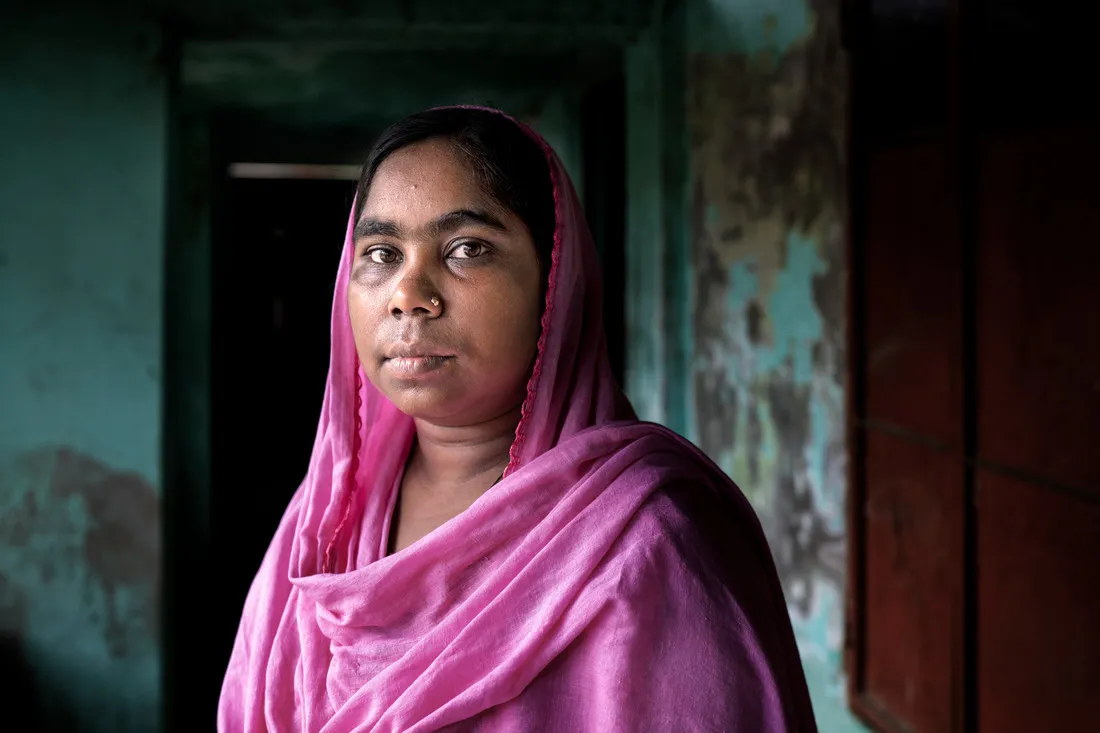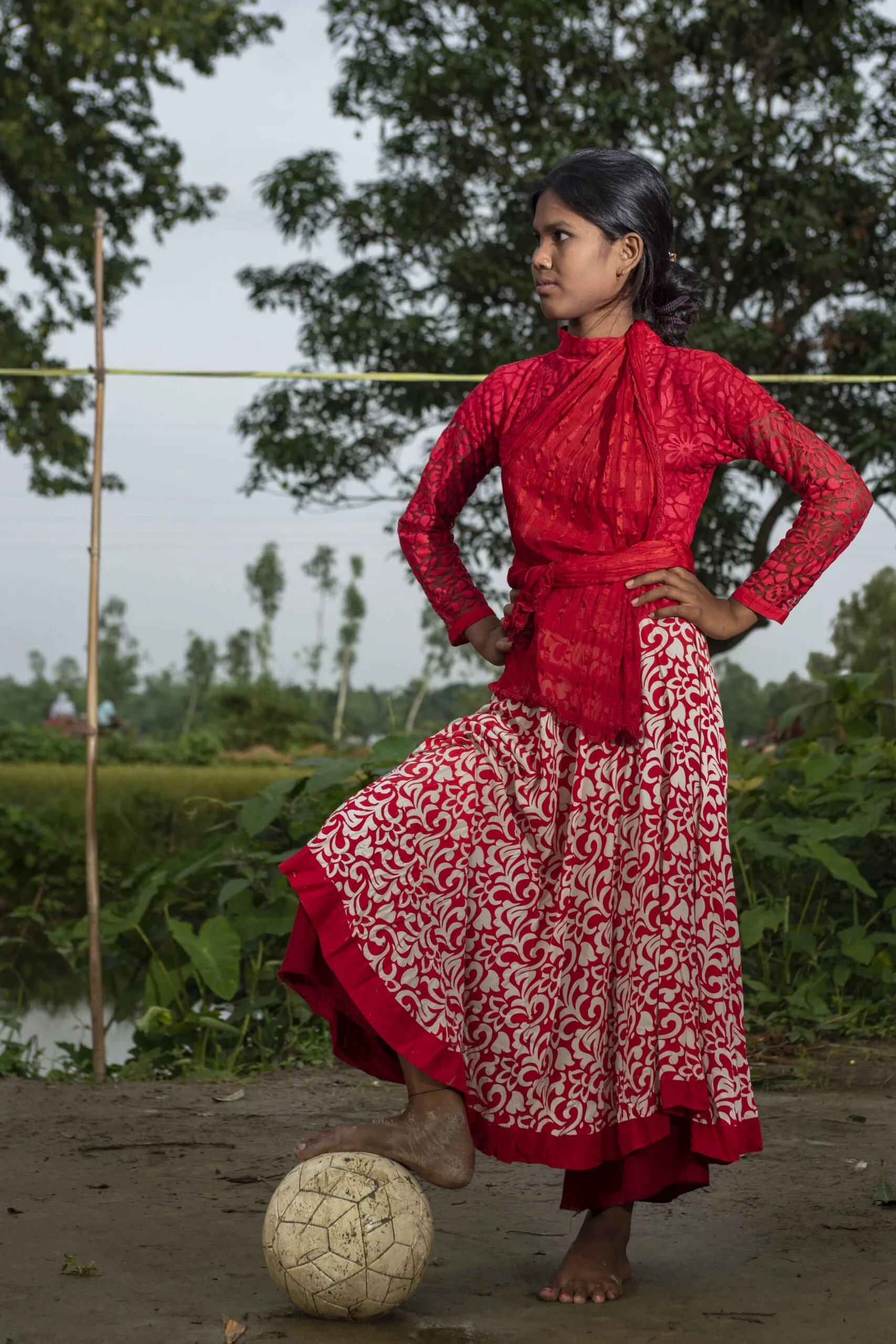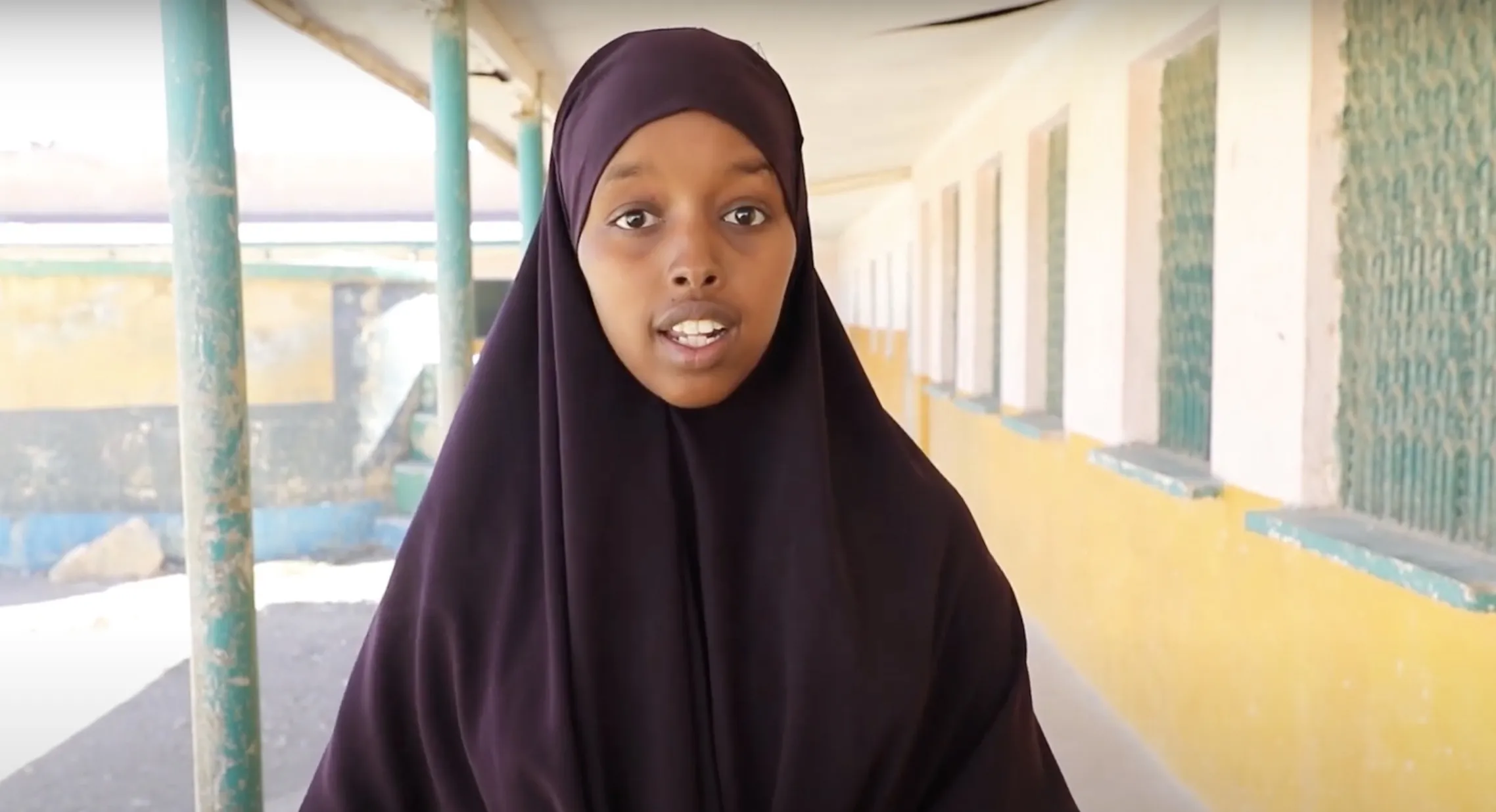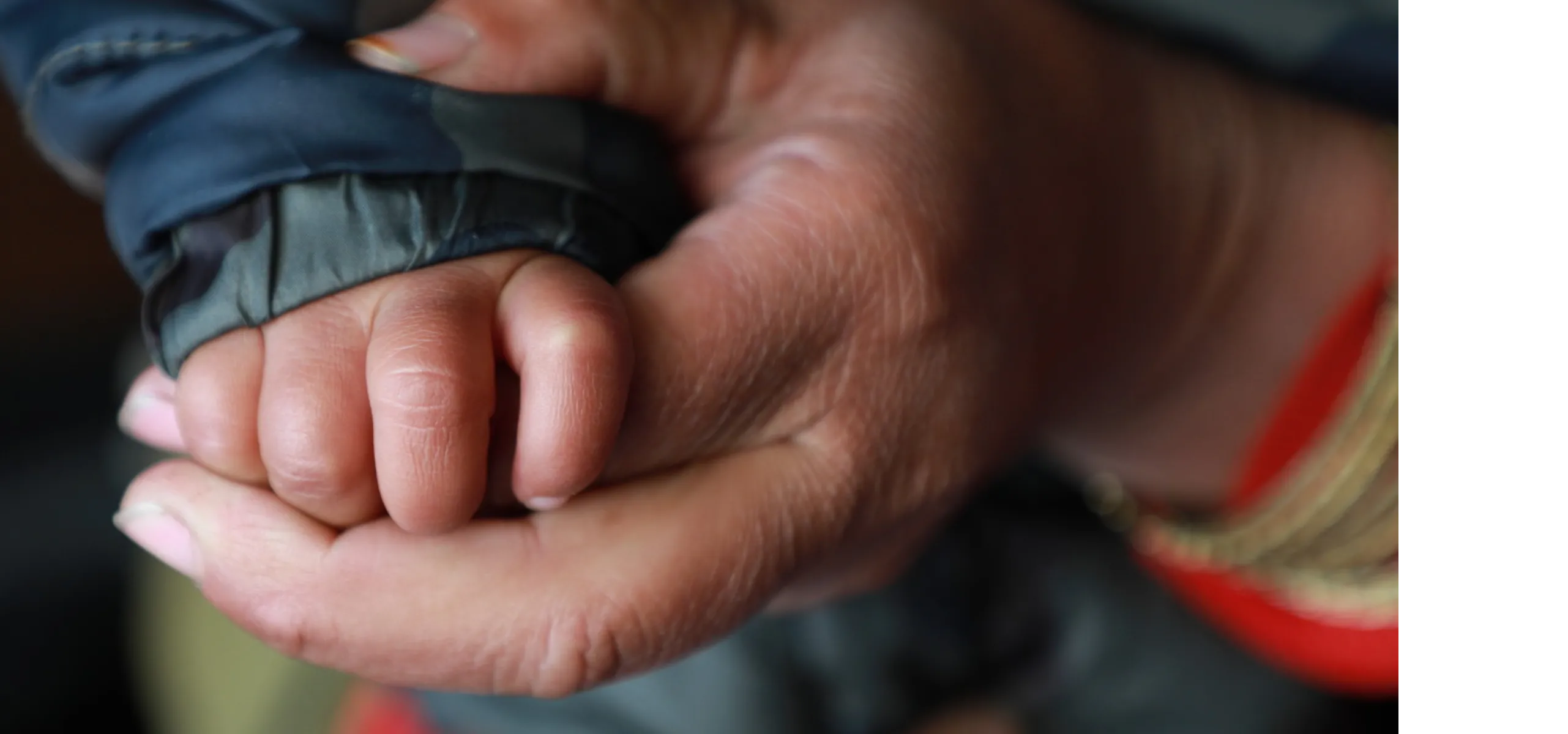CARE News is where these stories live.
Every year since the program launched in 2019, CARE News has published human-centered, visual storytelling from places that rarely appear in mainstream news. We’ve worked to communicate our shared humanity, make connections across cultures, explore humanitarian work and ideas, and report on global poverty – as well as the work being done to end it.
2022 brought new challenges to this work – rising global food insecurity, cascading climate crises, continued risks to the health and safety of women and girls, and a devastating war in Ukraine.
These new pressures made for new stories, and new ways of telling them. Here are ten – our most-read from the year — that helped us see the world in new ways.

